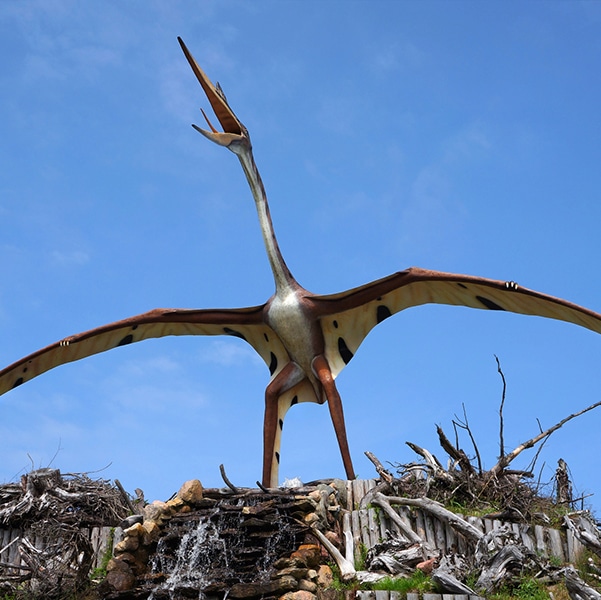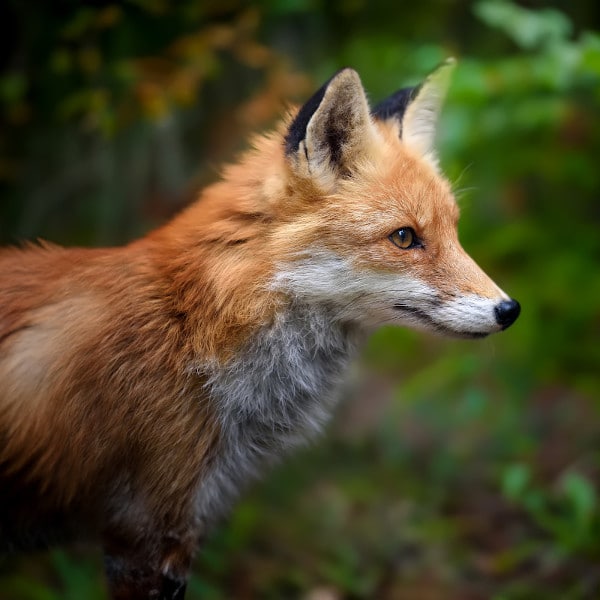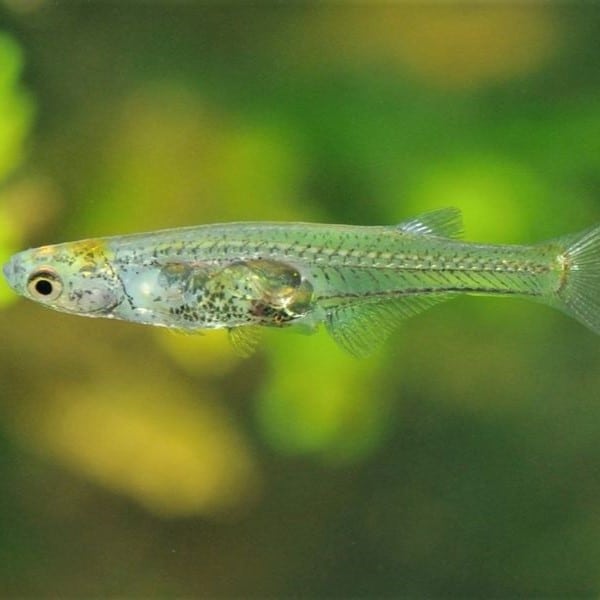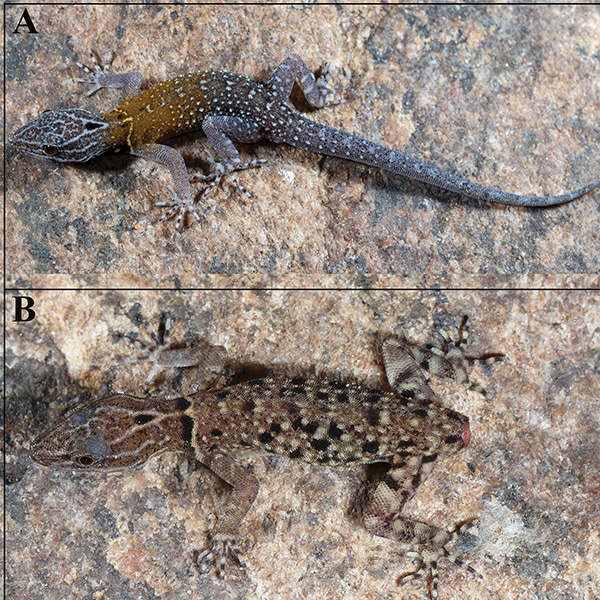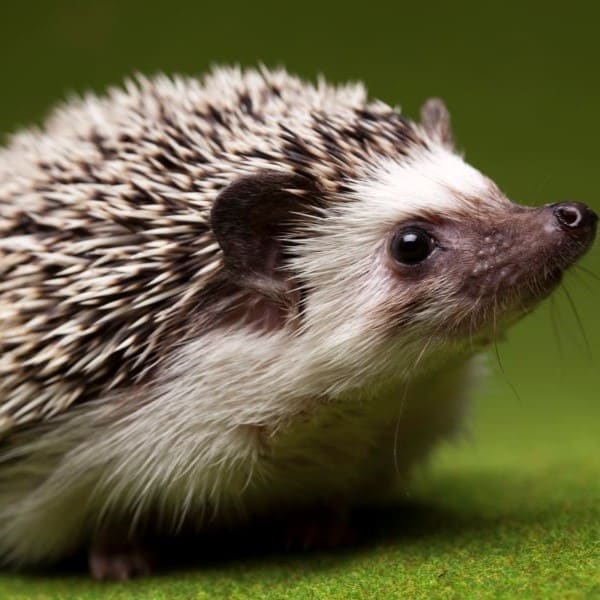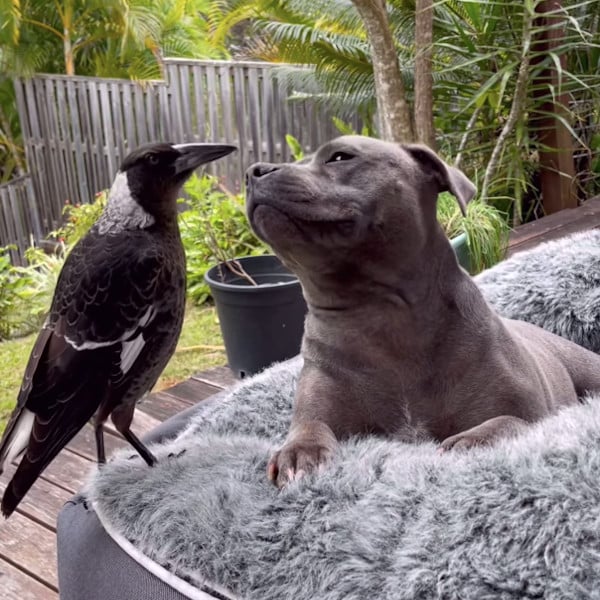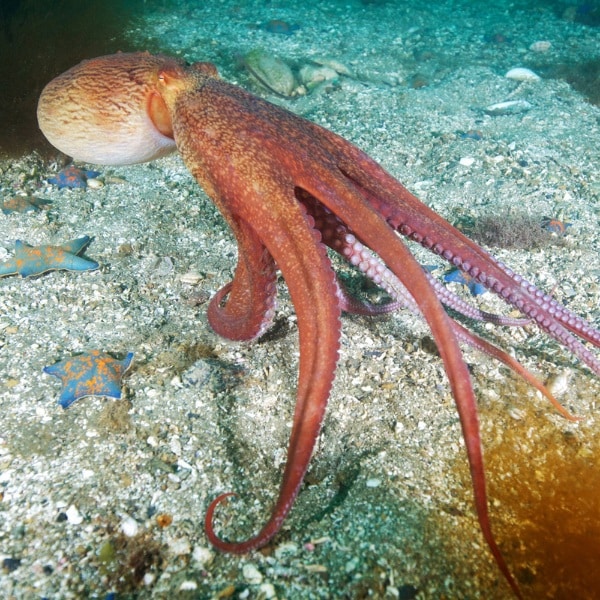Ver esta publicación en Instagram
When we think of ocean predators, dangerous creatures such as the white shark or the killer whale may come to mind. But did you know the striped marlin is also one of the most feared animals of the sea? Not only are they one the fastest creatures on the planet, but they also have a unique characteristic that makes hunting in group a coordinated and optimized process.
Striped marlins (Kajikia audax) are known to change color, but biologists and videographers have spotted a unique phenomenon. That is, their stripes become brighter before they attack, and then return to their normal color after striking. After analyzing the contrast of the stripes on over two dozen attack videos, researchers realized that the marlins may change colors rapidly to coordinate their strikes and avoid hurting each other.
“We documented for the first time rapid color change in a group-hunting predator, the striped marlin, as groups of marlin hunted schools of sardines,” said Alicia Burns, Biologist at Humboldt University Berlin Germany in a statement. “We found that the attacking marlin ‘lit up' and became much brighter than its groupmates as it made its attack before rapidly returning to its ‘non-bright' coloration after its attack ended.”
This feature was also spotted by fisher Christiaan Pretorius on a trip to Baja California, Mexico. His drone footage shows a group taking turns at attacking a school of sardines—much like an aerial video taken by Burns and her fellow researchers. “Given the marlin’s competition over a shared resource, the trade-off between gaining prey access and potential injury means that we might expect differences in color-change intensity depending on the level of competition,” the researchers write.
The discovery reveals that marlins have more complicated communication channels than previously thought. Now, their color-changing stripes enter the list of non-verbal communication channels of animals, a topic that has long intrigued behavioral scientists. For Burns and her team, the next steps will be determining whether the marlins change color when hunting alone, or if other fish with color-changing stripes use them for similar purposes.
Striped marlins are known to change color, but researchers realized they may do it rapidly when hunting in group to coordinate their strikes and avoid hurting each other.
Related Articles:
Watch a Group of Dolphins Swimming in Bioluminescent Waters off the Coast of California
Singer Harry Connick Jr. Snaps a Beautiful Drone Image of a School of Fish Forming a Heart
Japanese Man Nurses Fish Back to Health and Remains Friend for Life
World’s Deepest Fish Caught on Camera for the First Time at 27,000 Feet Deep












































































